In Christa Wolf’s novel Cassandra (1983) the fall of Troy is retold from the perspective of Priam’s daughter. It was her fate, a curse from the gods, to see the future, but for nobody to believe her prophecies. During her dreams and visions, she foams at the mouth, and is labelled a hysteric. Eventually, the apocalypse Cassandra has foreseen arrives: Troy is sacked, her family is killed, she is raped and enslaved.
The figure of Cassandra appears in almost every room of ‘The Rebellion of the Dead’ (the second part of a retrospective organised by the Centre Pompidou and Castello di Rivoli) – set into paintings, video works and installations. For Malani, she represents all women whose voices have been ignored across history. The exhibition opens with a piece called The Tables Have Turned (2008), which consists of 32 Mylar cylinders, painted from the reverse side with sea creatures, limbs, letters, skulls, Old Testament figures and Hindu gods. (There is also a voiceover in which an actor reads from a stage version of Wolf’s novel.) Thanks to spotlights, the ink and acrylic figures cast shadows up the walls that combine to form mutant silhouettes.

Cassandra (2009), Nalini Malani. Kiran Nadar Museum of Art, New Delhi. Photo: Antonio Maniscalco
Malani also treats the myth as an allegory for global warming, civil war, and the persecution of women. In Cassandra (2009), a painting that unfolds across a 30-panel grid in the second room, the princess is reborn as a kind of eco-prophet, in visions that warn of sickness, climate change and mass exodus. Bodies, insects, worms, crocodiles, shrimps and molluscs appear on a yellow background, as if caught in amber, like the remains of an ecological disaster, while Cassandra herself is seen in broken parts – a bald head, itinerant arms. Meanwhile, for In Search of Vanished Blood (2012), an installation first produced for the 13th edition of Documenta, five rotating Mylar cylinders have been reverse-painted with soldiers, gods and guns. The shadows dance around the room, overlaying a video projection of female bodies splattered in red ink, while a chorus tells the story of Cassandra’s assault.
Malani was born in Karachi in 1946. Her parents left several months after her birth, seeking refuge in post-Partition India in Calcutta and later in Bombay. A five-channel video installation called Mother India: Transactions in the Construction of Pain (2005) takes over the largest room in the exhibition. Malani has gathered together dramatic archival footage of Partition in 1947 and the riots in Gujarat in 2002. In both periods there was a sharp increase in the abduction and rape of women, although Malani does not specify which women or by whom. The film’s soundtrack, a blood-curdling scream, penetrates every room of the exhibition. I find myself shrinking from the sound.
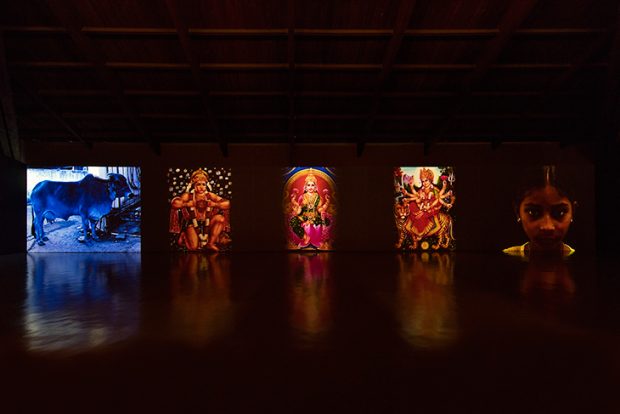
Mother India: Transactions in the Construction of Pain (2005), Nalini Malani. Courtesy the artist; photo: Antonio Maniscalco
In her best work Malani courts surrealism, as in her reverse paintings, of which there are several series. Twice Upon A Time (2014) retells the story of another female mythological figure, Sita, this time from the Ramayana; Listening to the Shades (2008) is a series of 42 paintings of Cassandra’s prophecies, all of which resist simple decoding. In the weakest, Malani turns her subjects into victims, reducing women’s experience to agony, and their margin status to a state of torment. This is most evident in the mural City of Desires – Global Parasites (1992–2018), in which Malani has drawn the figures of five Dalit people – a group treated as ‘untouchable’ by the Hindu caste system – in various states of suffering. In one corner, a Dalit man is arrested by a soldier; in another a boy’s face is covered in bandages. Above the hunched figure of a girl hovers a broken wing.
In the summer of 1969, Malani became a member of the Vision Exchange Workshop (VIEW), an experimental workshop in Bombay. She went on to make a series of 8mm films, which have only recently been digitised. Dream Houses (1969) is one such experiment, made using an architectural model and coloured lamps. In the projection, intersecting cubes, sometimes green and red at others bleached pink and blue, dance across the screen, in a comment on Nehru’s vision of a modern Indian nation, and the 1950s dream houses that never came to be. It’s a beautiful and unexpected work but, unfortunately, it is not given much room. Rather, the film is projected between the murals of Dalit people, and over a hand-drawn colonial map of Bombay, as if to conflate all three works and their signification. Malani hopes that stacking images on the same plane creates depth – and an intersection between different kinds of oppression. But she forgets that patriarchy, the caste system and colonialism do not express themselves uniformly; at times this simplification risks rendering her work two-dimensional. As Wolf writes in one of her essays about the seer: if Cassandra had ever lived, she would have been a member of a royal family from Turkey; her misfortunes would not speak for all.
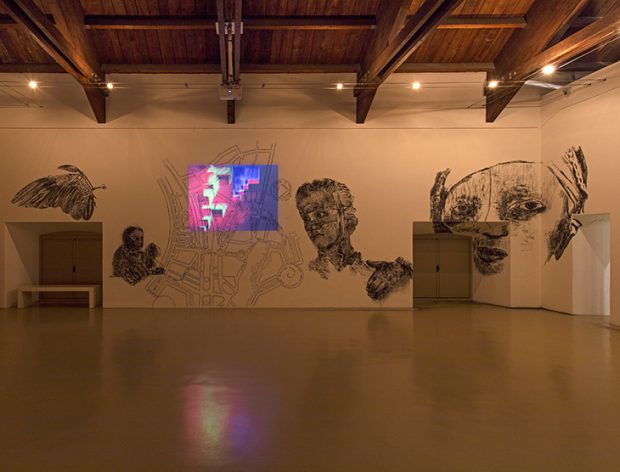
Installation view of ‘City of Desires – Global Parasites’ (2008) by Nalini Malani at Castello di Rivoli Museo d’Arte Contemporanea, Rivoli-Torino. Photo: Antonio Maniscalco
‘Nalini Malani: The Rebellion of the Dead, Retrospective 1969–2018. Part II’ is at Castello di Rivoli, Turin, until 6 January 2019.
Unlimited access from just $16 every 3 months
Subscribe to get unlimited and exclusive access to the top art stories, interviews and exhibition reviews.

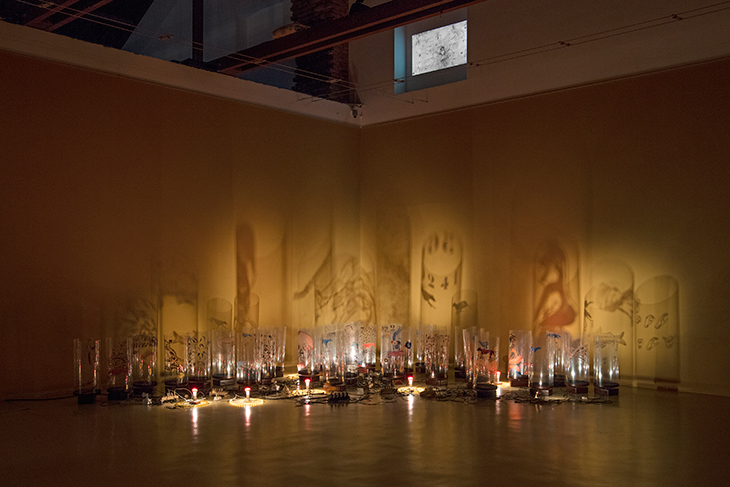
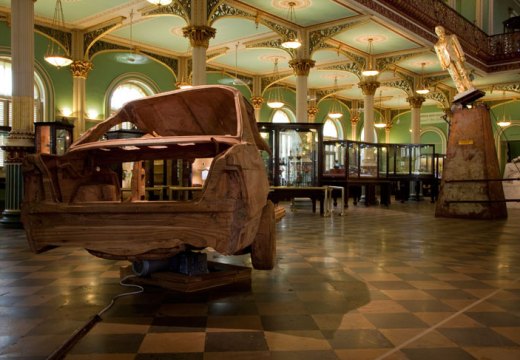
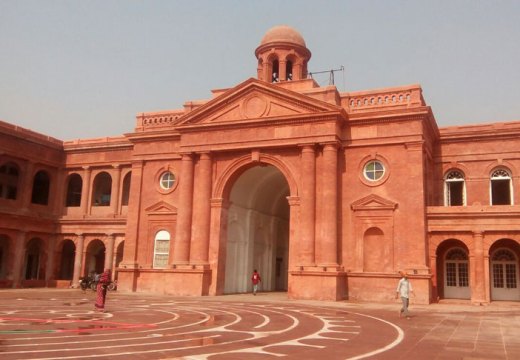
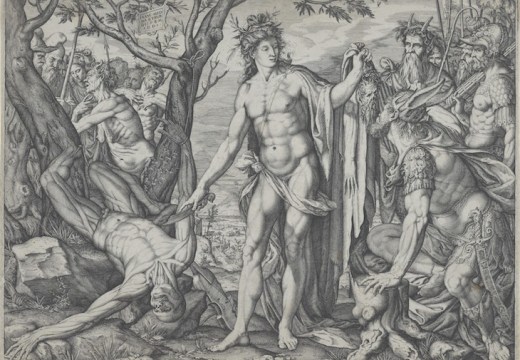









![Masterpiece [Re]discovery 2022. Photo: Ben Fisher Photography, courtesy of Masterpiece London](http://www.apollo-magazine.com/wp-content/uploads/2022/07/MPL2022_4263.jpg)
It’s time for the government of London to return to its rightful home